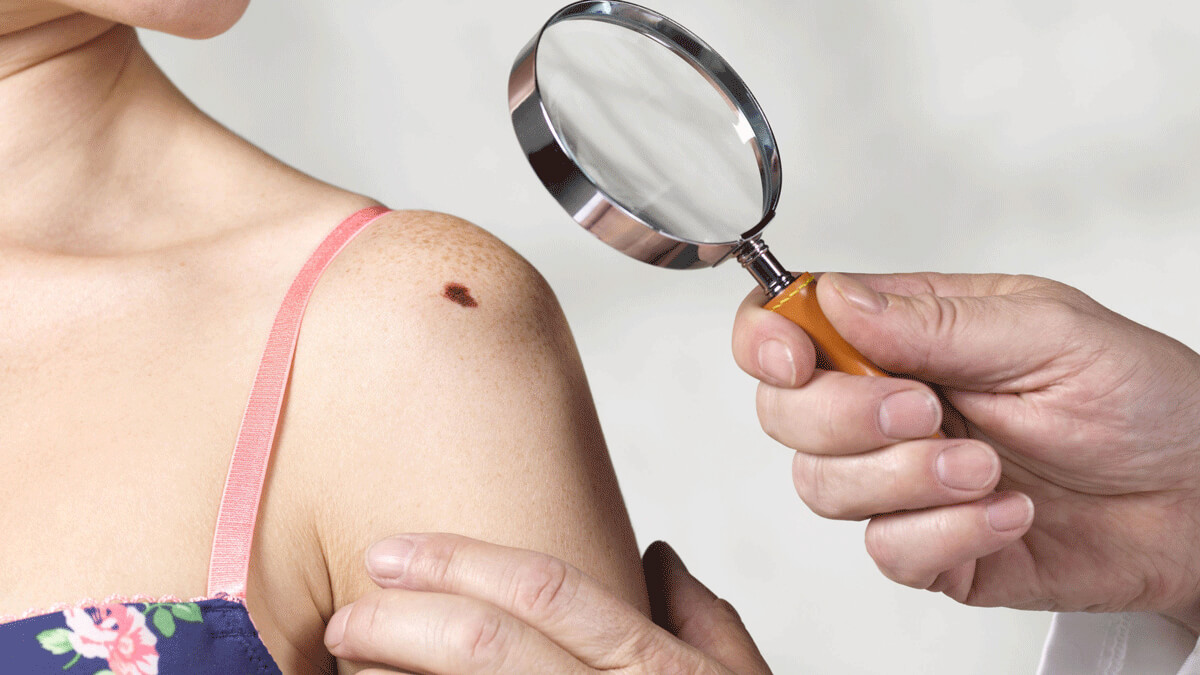Some people get a little freaked out when the subject of new or old moles comes up. And yes, they can sometimes be cause for concern. But it is important to discern when and where to direct your mole worries. Read on for some advice!
When to check skin moles normally?
Everyone should take initiative and check in on their moles every three months. If you tend to develop new moles on a regular basis (or if melanoma is something you or a family member has dealt with previously) than you can even check in monthly.
What does a skin mole look like?
There is really no standard mole. They are typically medium to dark brown, but black or skin-colored moles are not unheard of. They can be flat or raised, but most often exist with a standard shape. One potential red flag is a mole with uneven coloring or irregular edges.

What to do with changing skin moles?
As you begin paying closer attention to your moles, one thing to notice is moles that look different. You know your skin best, and as such you are the most apt to notice something dissimilar. Moles that look different are called dysplastic moles, and these bad guys can become melanomas if left untreated. If it looks odd, get a doctor to take a peek. No harm is making sure.
The biggest thing to watch for is a mole that actually changes. Shape, color, or sensation changes are definitely worth a trip to your GP. Better safe than sorry. Remember, your skin is your largest and most exposed organ—take steps to keep it as safe and problem free as possible!






